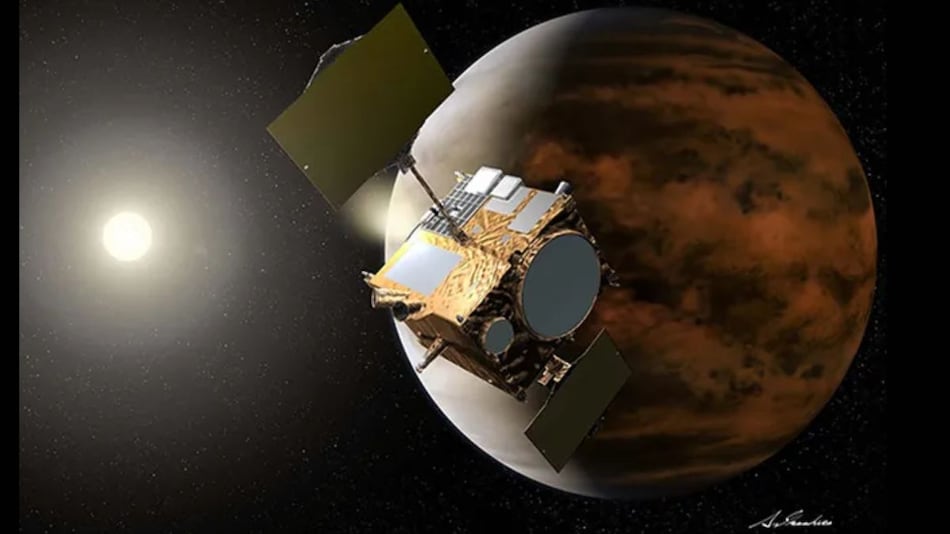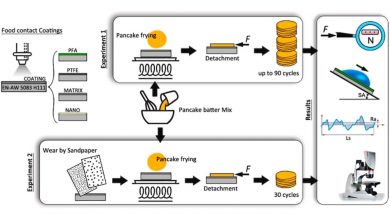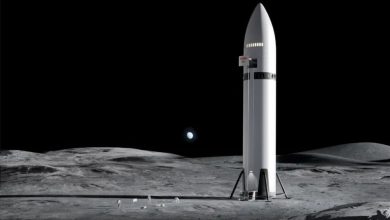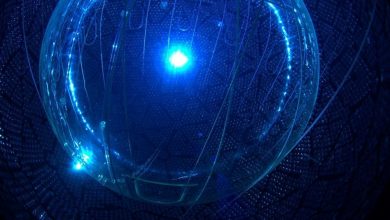JAXA’s Akatsuki spacecraft, launched in 2010, has officially ended its mission after more than a decade studying Venus’s atmosphere.

Artist’s concept of Japan’s Akatsuki spacecraft at Venus.
Click Here to Add Gadgets360 As A Trusted Source

The planet Venus has lost the last orbiter dedicated to it. The Akatsuki spacecraft of Japan has been declared inoperable by the Japan Aerospace Exploration Agency (JAXA) after a decade-plus of successive atmospheric studies of our closest planetary neighbour. The declaration has been a reflection of how successful the mission has been in its capacity to go well beyond what it was designed to last, and how difficult it was to maintain old robotic spaceships in the hostile environment.
Mission Timeline and Achievements
As per JAXA, Akatsuki was the first Japanese attempt at a planetary orbiter to be launched in May 2010 on an H-IIA rocket. The first orbit insertion attempt in December 2010 was unsuccessful; however, engineers used a brilliant workaround of propelling it into orbit in December 2015 around Venus with the help of its attitude control thrusters. The spacecraft started performing nominal science in May 2016 and spent years continuing to investigate the turbulent atmosphere on Venus after having outlived the expected two-year spacecraft life. It lost contact in April 2024, and JAXA formally terminated the mission on 18 September 2025.
Scientific Legacy and What’s Next
Critical discoveries about the dynamics of the Venusian atmosphere were made by Akatsuki, such as the fact that super-rotating layers of clouds, as well as extensive atmospheric waves, were observed. The findings are not only useful in understanding Venus but can also be used in researching exoplanet atmospheres and climates. Akatsuki has fallen quiet now, so a gap has been created in the monitoring of Venus; however, NASA and other agencies are planning several future missions like VERITAS and DAVINCI+ to fill the gap.








